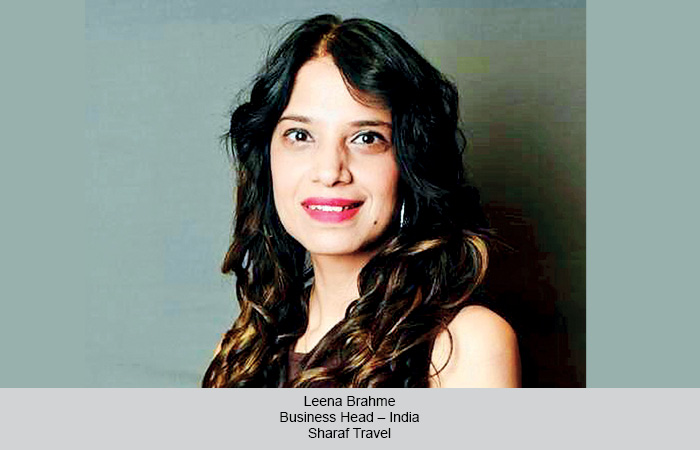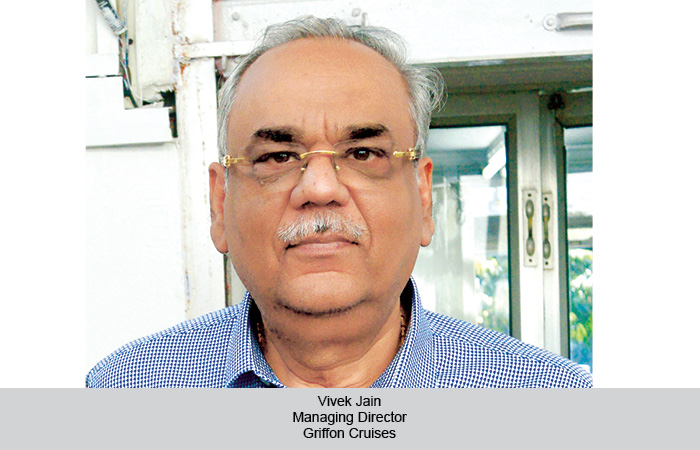With an increase in desire to cruise, Indians are also looking at it as a venue for events. Peter Kollar, Head of International Training & Development, Cruise Lines International Association (CLIA), outlines the evolving cruise market.
Last month we released our CLIA Asia Cruise Trends report for 2017 which outlined important cruise data extracted from the Asian market from 2016, including a sub-section on Indian cruise statistics. Although most front-line retail travel agents don’t really engage in statistics, graphs, and numbers, it can provide valuable insight. Let us have a closer look at the findings and what they mean.
India will host 128 cruise calls in 2017, which is up by one-third from last year. This is great for the local economy as more passengers visiting means more spending ashore. But when we take a deeper look into this figure, it tells us that India only hosted 12 turnaround calls this year – definitely a number that is too low considering India has five major ports. Having cruise lines use a local port as the start and end of the cruise is much more attractive to locals, and an increase in this number would mean more Indians are cruising. If more Indians cruise, then cruise lines start looking at India further as an option to place more ships in the area as a turnaround option, and this again results in an increase of local people cruising, and an upward spiral begins which historically can be seen in other strong markets like Australia which currently has one in 20 cruising, unlike a decade earlier when it was in a similar position to India today.
Fly-cruise still popular
Of course, fly-cruise is still a popular option for Indians, and the increase of Indians using the major cruise hub of Singapore is a positive story. About 1,20,596 Indians cruised last year, and though an increase from first research conducted in 2012 (49,442 pax) has a 25 percent compound annual growth rate, over the last three years, these numbers have only increased by less than 10,000 passengers (including 2,000 pax increase from 2015 to 2016). Considering the vast amount of potential India has, it is progressive, but the potential is immense.
When these figures first came out, I approached some of the leading cruise lines in Asia to ask about the Indian market and whether the stagnant figures have continued into 2017. The response was a positive one. They indicated that sales of Indian cruise passengers have increased quite dramatically this year.
The cruise industry has come to Asia stronger than ever before, and 2017 is another record year of deployment in the area. 66 ships are based in Asia this year for six months or more, calling into 293 destinations over 18 countries. Given that Indians are more likely to utilise the hub of Singapore over options in Beijing and Shanghai, the news is also positive in that Singapore is also hosting more itineraries and ships in 2017, meaning your client has never had so many choices than before, whether it is about their budget, type of cruising, itinerary and brand options.
As cruise lines come, they also bring advertising, so more exposure to the public will also become evident in this market over the next few years. So if you haven’t started your education around this sector you could be behind the standard very quickly. Also, your client will be quite young – India has one of the lowest average age of passengers (36) than any other region in the world, though this should not be taken on a per person basis, rather it seems that families (which would lower the average age because of the children included) are popular groups wanting to cruise.
It is an exciting time for cruising in Asia, and the potential of India is tremendous – we are right at the point where an increased volume and interest of cruising is about to take off, but not all business falls into your lap just because it is at your doorstep – you must actively work to get this business and it starts with education.
**(The views expressed are solely of the author. The publication may or may not subscribe to the same.)
 TravTalk India Online Magazine
TravTalk India Online Magazine





